16 Parachute Field Ambulance RAMC became the first Airborne Field Ambulance when it was formed at Hardwick Hall, Derbyshire. Initially known as 16 Field Ambulance, the unit was redesignated 16 (P) Field Ambulance, later 16 (Parachute) Field Ambulance, before finally becoming known as 16 Parachute Field Ambulance, as formation continued in earnest under the first Commanding Officer, Lt Col Malcolm MacEwan (who later became ADMS to 6th Airborne Division).
After strenuous training regime and substantial efforts to refine techniques for the new Airborne medics, the unit was sent to North Africa and took part in the Operation as part of 1st Parachute Brigade. Some of the unit took part in the drop at Bone airfield, near Tunis on 12 November, whilst the 'seatail' of the Brigade arrived on 13 November. Over the following months, the unit provided support for Parachute and ground infantry operations by troops in the Brigade, with sections undertaking the jumps at Souk El Arba and to Depienne. Medics from 16 PFA faced capture in December 1942 when the surrounded 2nd Parachute Battalion position, facing some 150 casualties had to be evacuated. The 16 PFA medics stayed behind to care for and ensure the safety of the wounded, but were captured as a result - an unselfish act which probably saved lives in a very hostile environment.
When 1st Airborne Division formed up in North Africa at the end of Op Torch, 1st Parachute Brigade was joined at Sousse by 4th Parachute Brigade (including the new 133 Para Field Ambulance). During Op Husky to Sicily in July 1943, 16 Para Field Ambulance were sent to Primosole Bridge to establish at Main Dressing Station (MDS) at the location. The drop did not go as planned and 16 PFA medics were scattered on landing. However, the MDS was eventually established and initial difficulties of transportation, a lack of stretchers and an exposed position were successfully overcome. After returning to North Africa the unit was prepared for the invasion of Italy in September 1943, travelling by seaborne flotilla to Taranto in support of the rest of the Division on the East coast of Italy.
The Division was subsequently withdrawn to the UK in late 1943, to prepare for the invasion of North West Europe. After several cancellations the 1st Airborne Division was despatched to Arnhem, during Op Market Garden bound for the St Elizabeth's Hospital in Arnhem to support the capture of the Bridge. 16 Para Field Ambulance landed during the First Lift on 17 September 1944, and were soon accompanying 2nd Parachute Battalion to Arnhem. They reached the Hospital by 2000hrs as planned, and were treating casualties in a little over an hour. The initial calm did not last.
German forces overran the Hospital on 19 September and captured much of the 16 PFA personnel. With casualties high and extraction impractical however, many were retained to look after the casualties where they remained until the end of the Battle. After the evacuation of the Division, 16 PFA personnel joined other Airborne medical staff at the nearby 'Airborne Hospital' established at Apeldoorn, which functioned under British control until at least late October before most of the remaining medics either escaped or were captured.
Not a single member of the 16 Parachute Field Ambulance returned to the UK with the Division in September 1944. Eventually six men escaped as part of Operation ‘Pegasus I’ in late October 1944, bringing with them the first news of what had happened to the unit. The 133rd Parachute Field Ambulance moved to the Culverthorpe location, and both units came under the command of Captain. C.W.K. Willard, as they began the process of rebuilding. The retraining went on through November and December, with no firm decision as to the future of the unit. Then on the 29 December 1944 the ‘hammer blow’ came, with the announcement that the unit was to disband, with all personnel being transferred to the 133 Parachute Field Ambulance. This was completed by the 11 January 1945, and the 133 Parachute Field Ambulance took their place in the 1st Parachute Brigade.
16 Parachute Field Ambulance would return to Airborne forces however, as part of 16 Parachute Brigade in the 1970-80s. The modern Airborne counterpart in 16 Air Assault Brigade, now a full Close Support Regiment, is 16 CS Medical Regiment RAMC.
Commanders
Commanding Officers
9 Oct 1942-17 May 1943 Lt Col M MacEwan OBE DFC DSO TD
29 May 1943-20 Mar 1944 Lt Col GP Wheatley DSO
21 Mar 1944- 25 Apr 1944 Lt Col AT Marrable
26 Apr 1944-25 Sep 1944 Lt Col E Townsend
Officers Commanding
Apr 1977 - Jun 1981 Maj A H M MacMillan
Jun 1981 - Jul 1983 Maj P Lansley
Jul 1983 - Jan 1985 Maj R C Sheperd
Record under development - with assistance from Niall Cherry, Bob Hilton and Lt Col Jez Hair
Read More
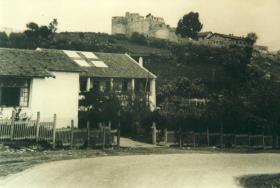
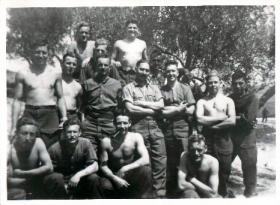
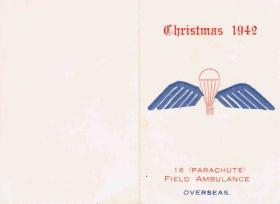
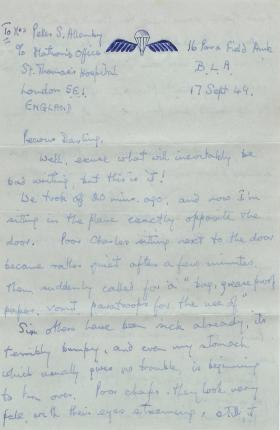
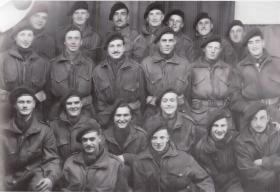
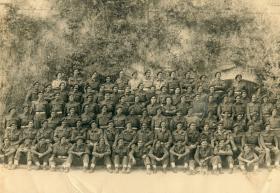
Latest Comments
Peter Collins
Add Comment
In order to add comments you must be registered with ParaData.
If you are currently a ParaData member please login.
If you are not currently a ParaData member but wish to get involved please register.